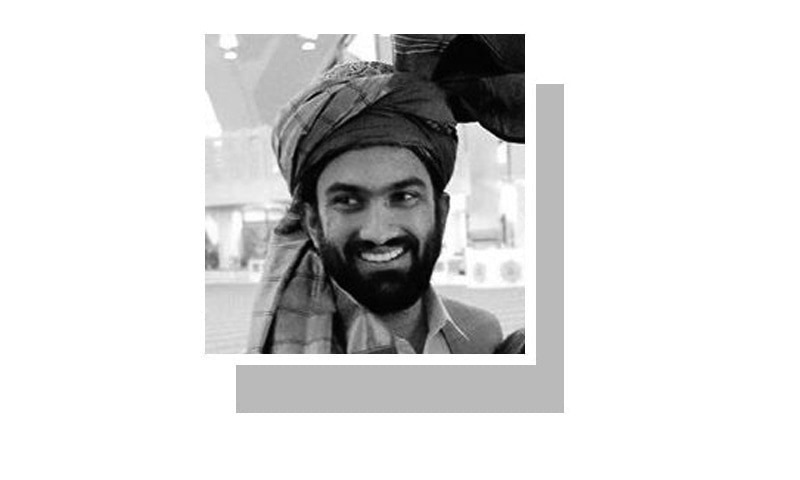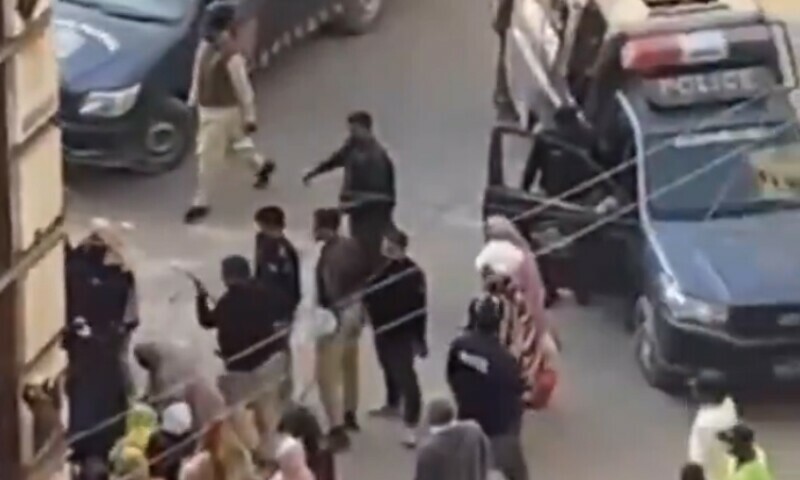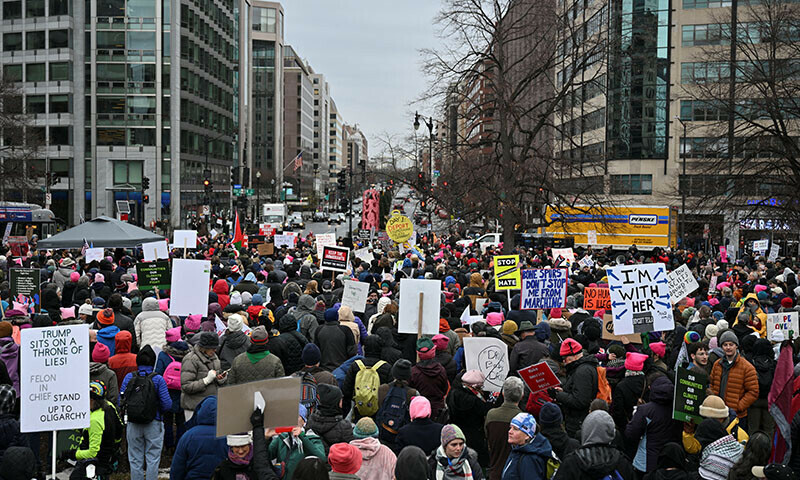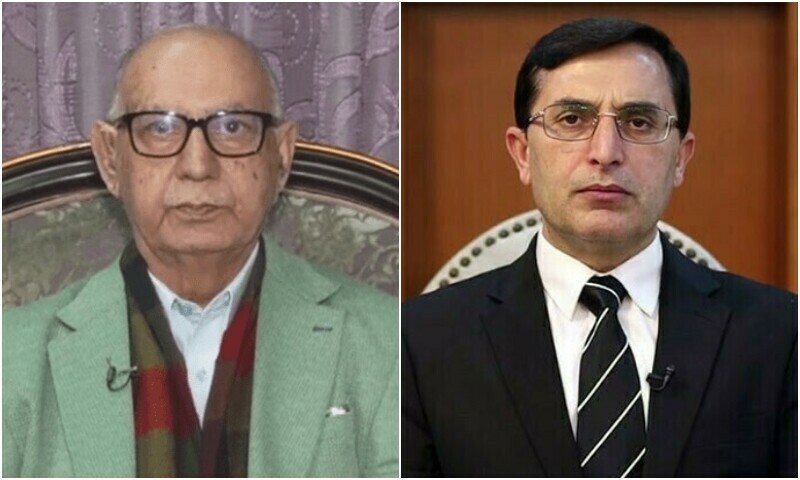ON Jan 4 and then Jan 16 this year, in spite of a recent government-brokered peace deal in Kurram, convoys carrying supplies to Parachinar were attacked.
In the first attack even the deputy commissioner Kurram, who was accompanying the convoy, was targeted. Such brazen violation of a grand jirga decision in the merged areas is unthinkable. So how did this happen? Was this the act of a handful of external miscreants trying to sabotage the peace deal, as the government is claiming, or is there more to it?
A closer examination of the local dynamics at play and a more nuanced look at the jirga process itself might explain why the peace deal is already showing cracks.
Jirgas in the merged areas have a long and rich history, which is closely linked to the very fabric of tribal society and its riwaj (customs and traditions). A detailed analysis of the tribal jirga is beyond our focus but we should be aware of a few of its key elements. Unlike jirgas in many other parts of Pakistan, tribal jirgas in the merged areas do not derive their legitimacy from the ability of their members to implement decisions (in many cases by force).
Rather, they draw their strength from the collective support of the tribe they claim to represent, and to which they do not necessarily have to belong. This support is primarily dependent on the premise that jirga members are not compromised and are best suited to argue the case for the tribe. If a decision is believed to have been brokered by bribing jirga members, which is not unheard of, or members are presumed to have been forced into agreeing to a deal, the jirga loses its legitimacy and hence its implementing powers.
The government in its zeal to get an immediate peace deal in Kurram, may have unwittingly compromised the legitimacy of the jirga itself. There were strong rumours of jirga members being coerced by government actors to agree to certain terms.
In case of government-sponsored jirgas, a jirga member’s standing with the government, is an important consideration. However, over the past couple of decades, the state’s own actions and that of militants in the area, have greatly undermined the standing among the public of maliks and elders — the government-sponsored ones in particular. Promoting corrupt maliks, not respecting jirga decisions in favour of narrow immediate gains, and the widely held view by many decision-makers that tribal customs and lifestyles are an impediment to Westernised development notions they aspire to have contributed to the inability of local institutions like jirgas to remain as effective.
A closer look at the jirga process and local dynamics can explain the cracks in the agreement.
Militants in this period, with a greater understanding of the role of elders in tribal society than the Pakistani state or its international donors, were far less subtle in their opposition to them. Maliks and elders and jirgas were some of the most openly targeted individuals and events by militants in the region. The vacuum created by maliks either being killed or forced to flee was quickly filled by militants. Following military operations in the area that temporarily cleared out militancy, the government failed to revive local riwaj, for reasons mentioned above, or to instal a viable, acceptable alternative for dispute resolution.
Apart from the weakening of the institution of the jirga and compromising the validity of the peace jirga by the government’s own actions, there are also local dynamics and societal changes at play in Kurram.
While the state has chosen to pursue brute force as the primary policy towards achieving its objectives in the merged areas, the militants this time show more guile and are trying to win over the hearts and minds of the local populace. So far, they have struggled to achieve this because their barbaric control of the area a little over a decade ago is still fresh in the minds of many locals.
However, in the plight of Kurram’s Sunni population they see an opportunity. The anti-militancy operations in Kurram were almost exclusively conducted in Sunni areas and hence disarmament was also only done in these areas. If anything, the Shia-dominated areas were encouraged to stock arms in order to defend themselves from any possible attacks from the militants. This has meant that in this most recent dispute between the two sects, Sunni villages/ areas lack arms to counter Shia groups, leading them to consider support from Sunni militant groups that are more than willing to come to their aid to create space for themselves.
On the Shia side, there are two important societal changes that are taking effect as well. First is the return of the battle-hardened Zainabiyoun Brigade that played a significant role in sustaining the Assad regime’s grip on power in Syria following the 2014 uprising. Similar to militant groups on the Sunni side, the recent conflict has helped create space on the Shia side for them to expand their influence.
Furthermore, at a sociopolitical level, a new leadership under the banner of the Majlis Wahdat-e-Muslimeen (MWM) has become a major force in Kurram’s Shia community, challenging the existing power structures. Till a new equilibrium is reached, it becomes very difficult for any of the groups in leadership positions to make compromises on behalf of their sect since it gives an opportunity for rivals to discredit them within their own sect. This makes compromises to reach an acceptable middle ground much more difficult.
All these complexities add to the sensitivity of the Kurram issue. The government ignored the problem for months till it reached boiling point with the attack on a convoy carrying women and children and subsequently the burning of entire villages and bazaars.
The government will now do well to give the area the attention it deserves rather than continuing to focus on political point-scoring and wish the issue away. True and lasting peace in Kurram requires a concerted effort by a team that understands tribal customs and is cognisant of the societal changes and power dynamics at play.
The writer is a development practitioner and a former parliamentarian.
Published in Dawn, January 18th, 2025





Leave a Reply